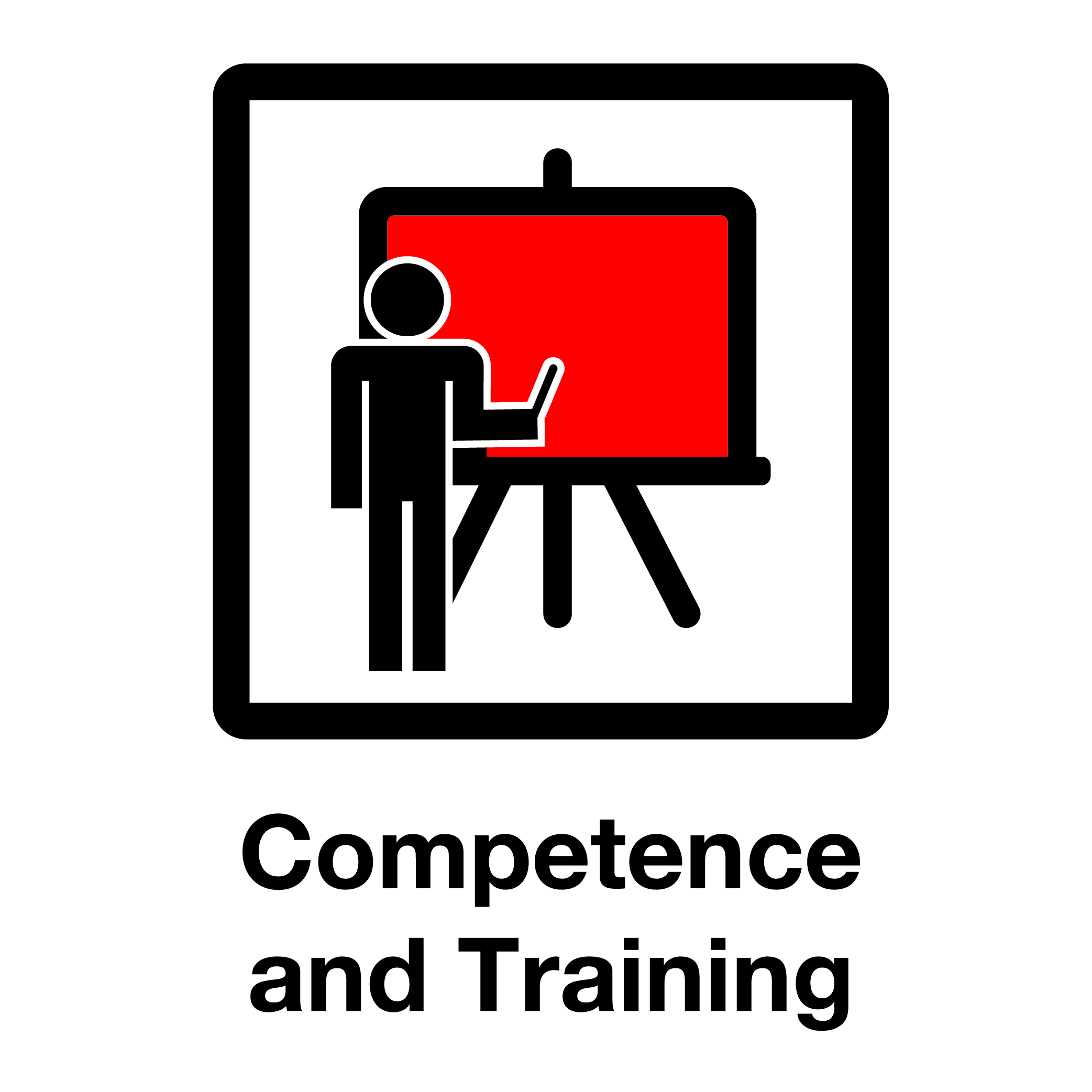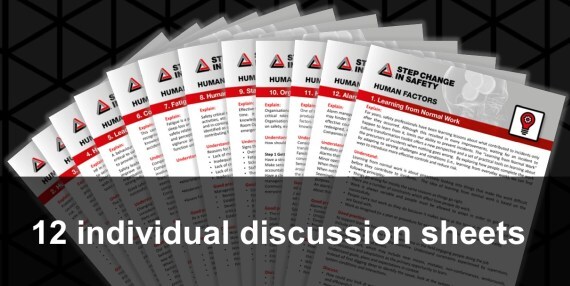This can be defined as the ability to undertake responsibilities and perform activities to a recognised standard on a regular basis. It is a combination of skills, experience and knowledge. The inadequate management of competence has contributed to many major accidents.
The key issue for sites is to consider the competence of staff in relation to the control of MAHs and how this is identified, assessed and managed as part of a competence assurance system. When designing a competency system the sites need to be clear about what part people play in the prevention of major accidents and what part training and competency play in this. MAH competency needs to be appropriately linked to the MAH hazard and risk analysis and key procedures. The aim is to assure safety critical tasks, and associated roles and responsibilities.
Competence should be linked to key responsibilities and tasks identified in risk assessments.
Competency assurance systems should aim to establish and maintain competency for all those involved in safety-related work, including managers.
Training is an important component of establishing competency but is not sufficient on its own. For example, consolidation of knowledge and skills through practice is a key part of developing competency.
Competence assurance systems should take account of foreseeable work and operating conditions - including infrequent and complex activities, emergency situations and upsets, maintenance etc.
Training and competence assessment methods should be appropriate to the hazard profile of the tasks being undertaken. For example, competency assurance systems for safety critical tasks should be more robust.

Human Factors Forum - 08 June
Join us for the June forum where the topic will be Human Factors - Learning from Normal Work.
To book, visit our events page.
MESSAGE FROM STEP CHANGE IN SAFETY - HUMAN FACTORS WORKGROUP MEMBER: GARY GERAGHTY, H&S FUNCTIONAL LEAD, SPIRIT ENERGY
"Competency arrangements should not just be aimed at personal safety issues or ‘one off’ COMAH training. The site should be clear about the part that people play in the prevention of major accidents and the part that training and competency play in this.
"Competency for MA prevention is necessary at all levels of the organisation, not just the front line.
"There should be standards set for competency at all levels, and these should be site and process/job specific.
"Competency and training arrangements need clear links to safety critical procedures.
"‘On-the-job’ training should be as well-structured as the theory/process training and with specific links to MA prevention. Trainees need specific training/learning objectives (e.g. in a training plan) for this.
"Training is required not just for normal operation but also for abnormal/upset, emergency and maintenance conditions. These less frequent events may need more rigorous, training and competency arrangements than for day-to-day operations.
"After formal training staff may be deemed ‘competent’, but to become fully competent they need to use the training and to become comfortable and confident with it, i.e. what we really mean when we say competent includes adequate experience."
Human Factors Subtopic Individual Discussion Sheets

Download a set of 12 individual human factors subtopics information and discussion sheets.
Featured Resources
Human Factors Competence and Training - Regulatory Requirements
Regulator Guide - Offshore
- A formal process is in place for managing training/competence which includes criteria for periodic review of standards.
- There should be a way of determining what competency standards are required for which activities and how these competencies will be assessed and maintained e.g. refresher training.
- Competence criteria should be built into the selection and recruitment process, including assessments that may be needed post recruitment and measures that may be needed until all criteria are met.
- There should be training and competence development plans which prioritise safety critical competencies.
- There is a process to ensure tasks / activities are only assigned to those who are competent to carry them out.
- There is an agreed competence management process to ensure contractor personnel are competent in the tasks/activities they are performing.
Onshore COMAH
- Established a Competence Management System to develop and maintain the competence of personnel who are responsible for preventing or mitigating the consequences of major accidents.
- Taken steps to ensure that the CMS is clearly linked to local MAHs.
- Developed a structured framework for on-the-job training and assessment.
- Developed arrangements to allow for consolidation of training, evidenced by extra support and supervision.
- Defined a system to periodically monitor and re-assess the performance of COMAH-critical personnel.
- Actively implemented the CMS. Records show that personnel meet relevant competence standards.
Human Factors Regulatory Infographic

Download a simple infographic explaining the regulatory requirements regarding human factors.

